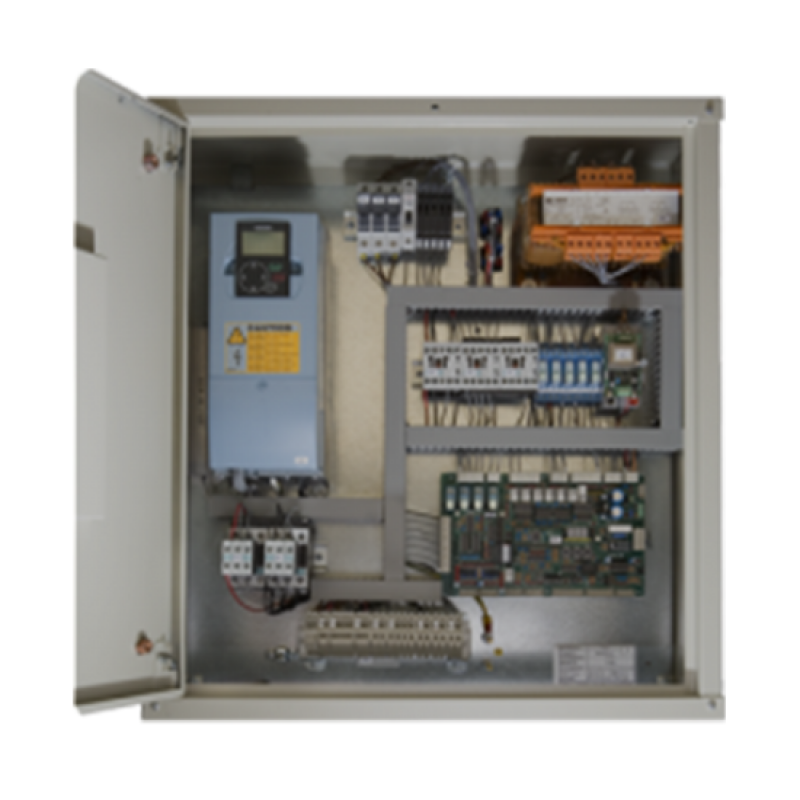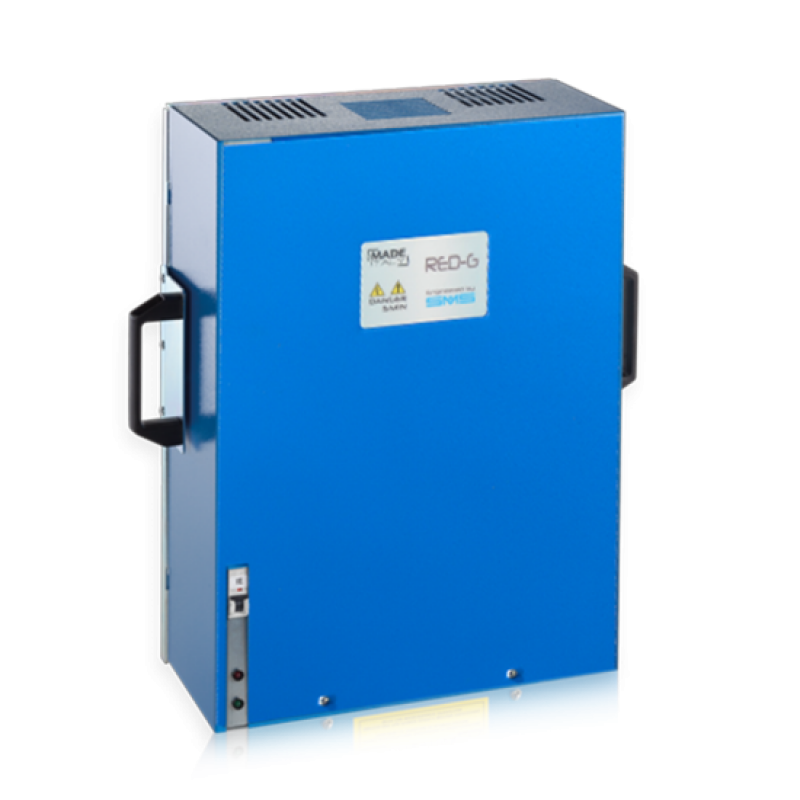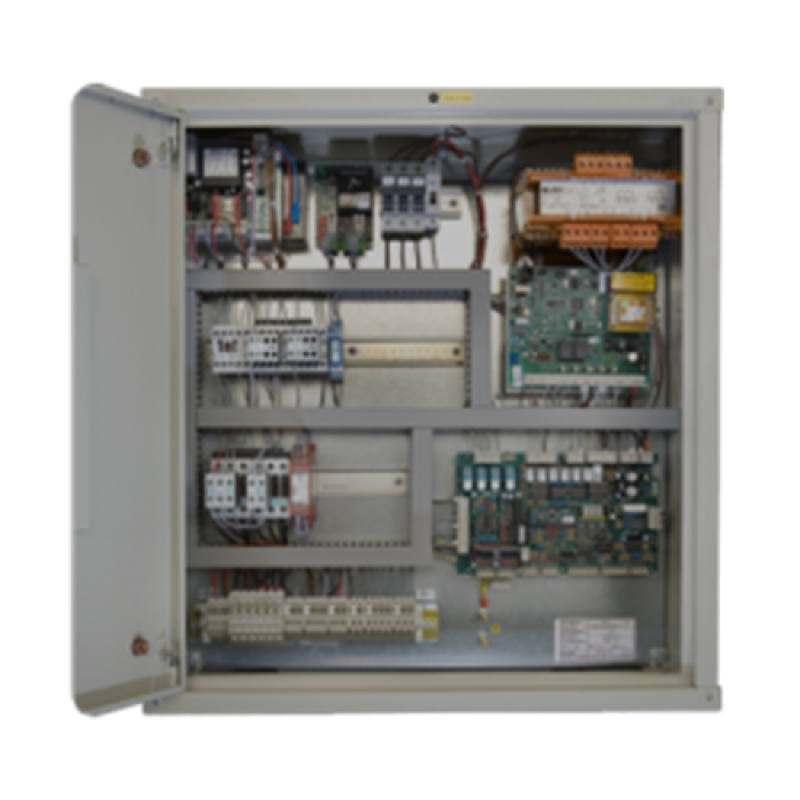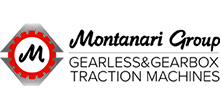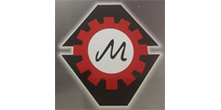
تسجيل الدخول أو إنشاء حساب
Closeالزبون العائد
أنا زبون عائد
تسجيل الدخول أو إنشاء حساب
Closeتسجيل حساب
إذا كان لديك بالفعل حساب معنا ، يرجى تسجيل الدخول على نموذج تسجيل الدخول.
لقد تم انشاء الحساب بنجاح !
شكراً على التسجيل في موقع Egyptlifts!
سيتم إعلامك عن طريق البريد الإلكتروني عندما يتم تفعيل حسابك من قبل فريق عمل الموقع.
إذا كانت لديك استفسارات عن نظام عمل الموقع، يرجى الاتصال بفريق عمل الموقع.
خروج
تم تسجيل خروجك من الحساب. يمكنك مغادرة الموقع بأمان
سلة التسوق الخاصة بك قد تم حفظها، الطلبات الموجودة في السلة سوف يتم استعادتها كلما قمت بتسجيل الدخول إلى حسابك.
اسانسير هيدروليك

اسانسير هيدروليك
يعد اسانسير هيدروليك واحدًا من التطورات الحديثة في مجال نقل الأشخاص
والبضائع عمودياً. يستخدم هذا الجهاز التكنولوجي الرائع في مجموعة متنوعة من
التطبيقات، سواء في المباني السكنية أو التجارية أو الصناعية. في هذا المقال،
سنتناول موضوع مصاعد هيدروليك ونلقي نظرة على كيفية عمله وفوائده وتطبيقاته. (جهاز شفرة المصعد بأرخص سعر)
تعريف اسانسير هيدروليك
الأسانسير الهيدروليكي هو نظام نقل عمودي يُستخدم لرفع الأفراد أو البضائع
داخل المباني. يتميز هذا النوع من الأسانسير بتكنولوجيا مبتكرة تعتمد على استخدام
الزيوت الهيدروليكية وأسطوانة هيدروليكية لتوليد الحركة العمودية. (جهاز نسخ شفرات الأسانسير بسعر مميز- هاي ليفت)
يعتمد تصميمه على مبدأ تطبيق القوة المائعة لرفع مصعد بسلاسة وبكفاءة عالية. يتميز هذا النوع من اسانسير بأداء هادئ وسريع، مما يجعله مناسبًا لمجموعة متنوعة من التطبيقات في المباني المختلفة. (دليل شامل عن المصاعد)
كيف يعمل اسانسير هيدروليك
اسانسير هيدروليك يعتمد على مبدأ تطبيق قوة الزيت الهيدروليكي لرفع وخفض الاسانسير بسهولة وسلاسة. عندما يتم تشغيل المصعد ويُطلب الصعود أو الهبوط، يحدث العمل التالي: (سعر أسانسير صغير جديد أو مستعمل)
· محطة الضخ: يتم تخزين الزيت الهيدروليكي في وحدة تسمى محطة الضخ. هذه المحطة تحتوي على مضخة تقوم بضخ الزيت إلى أسطوانة هيدروليكية. (سعر جهاز شفرة الأسانسير- هاي ليفت)
· الأسطوانة الهيدروليكية: تعد الأسطوانة الهيدروليكية العنصر الرئيسي في نظام الاسناسير. تتميز بكبسولة مُغلقة تحتوي على زيت هيدروليكي. عندما تتم ضخ كمية مناسبة من الزيت إلى الأسطوانة، يؤدي ذلك إلى زيادة الضغط داخل الأسطوانة. (سعر ريموت الأسانسير وطريقة استخدامه)
· الصمامات والأنابيب: تحتوي الأنظمة الهيدروليكية على صمامات وأنابيب توجه تدفق الزيت إلى الأسطوانة وتحجمه عند الحاجة. (سعر طرمبة باب المصعد)
· مصعد الكابينة: يتم توصيل الأسطوانة الهيدروليكية بمصعد الكابينة بواسطة كابل. عندما يزداد الضغط داخل الأسطوانة، يتم سحب الاسانسير إلى الأعلى، وعندما ينخفض الضغط، يسمح للمصعد بالهبوط بسلاسة. (شركة للمصاعد والأسانسيرات في مصر)
·
التحكم
والأمان: يتم التحكم في الحركة وسلامة المصعد بواسطة نظام تحكم يتضمن أجهزة
استشعار وصمامات تأمين. هذه الأجهزة تضمن أن يتم تشغيل وإيقاف المصعد بأمان وفقًا
للاحتياجات والمعايير الأمانية. (عروض صيانة المصاعد)
بهذه الطريقة، يعمل الأسانسير الهيدروليكي على رفع وخفض المصعد بكفاءة عالية وبسلاسة، مما يجعله خيارًا موثوقًا للنقل العمودي في مجموعة متنوعة من التطبيقات. (فني تصليح مصاعد)
مميزات اسانسير هيدروليك
الأسانسير الهيدروليكي يتميز بعدة مميزات تجعله خيارًا ممتازًا للنقل
العمودي في المباني. إليك بعض من هذه المميزات:
· سلاسة الحركة: يتميز اسانسير هيدروليك بحركة سلسة وهادئة. ذلك يعني أنه يوفر رحلة مريحة للركاب دون تذبذب أو اهتزازات غير مرغوب فيها أثناء الصعود أو الهبوط. (قطع غيار مصاعد فيصل)
· كفاءة الطاقة: يستهلك الأسانسير الهيدروليكي كميات أقل من الكهرباء مقارنة بأسانسيرات أخرى، نظرًا لأن القوة الهيدروليكية تولد بفعالية عالية باستخدام الزيت الهيدروليكي. (قطع غيار مصاعد في مصر- اسعار قطع غيار اسانسير)
· تصميم مدمج: يأتي الأسانسير الهيدروليكي بتصميم مدمج يتيح للمباني استخدام المزيد من المساحة القابلة للتأجير. هذا يعني أنه يمكن تركيبه بسهولة في المباني الضيقة أو ذات التصاميم المحدودة. (كبائن اسانسيرات)
·
متانة عالية:
يتميز اسانسير هيدروليك ببنية قوية ومتينة، مما يجعله قادرًا على تحمل الاستخدام
اليومي الكثيف لفترات طويلة دون الحاجة إلى صيانة مكلفة بشكل متكرر.
· سهولة الصيانة: يتطلب الأسانسير الهيدروليكي صيانة بسيطة نسبيًا. نظرًا للأجزاء القليلة والمتوفرة بسهولة، يمكن إجراء الصيانة بكفاءة وبتكلفة منخفضة.
·
قدرة على نقل
الأحمال الثقيلة: يمكن لاسانسير هيدروليك نقل الأحمال الثقيلة بكفاءة، مما يجعله
مناسبًا للمباني الصناعية والمرافق التجارية.
باختصار، يُعتبر الأسانسير الهيدروليكي خيارًا فعالًا وموثوقًا لنقل الأفراد والبضائع في المباني، حيث يجمع بين الأداء الممتاز والكفاءة الطاقية والمتانة والصيانة السهلة.
مكونات اسانسير هيدروليك
مكونات اسانسير هيدروليك تشمل مجموعة من الأجزاء الرئيسية التي تعمل بتناغم
لتحقيق حركة رفع وخفض الكابينة بسلاسة وبأمان. إليك نظرة عامة على هذه المكونات:
· الأسطوانة الهيدروليكية (Hydraulic Cylinder): تُعتبر هذه الأسطوانة العنصر الرئيسي في الأسانسير الهيدروليكي. إنها عبارة عن أنبوب مُغلق يحتوي على زيت هيدروليكي. عندما يتم زيادة الضغط داخل الأسطوانة، يتحرك المصعد إلى الأعلى، وعندما ينخفض الضغط، يهبط المصعد بسلاسة.
·
محطة الضخ (Pump Unit): هي مسؤولة عن
ضخ الزيت الهيدروليكي إلى الأسطوانة. تحتوي محطة الضخ على مضخة تقوم بتحويل الطاقة
الكهربائية إلى طاقة هيدروليكية.
·
صمامات التحكم (Control Valves): تستخدم صمامات
التحكم لضبط تدفق الزيت الهيدروليكي إلى ومن الأسطوانة. تساهم في تنظيم سرعة
واتجاه حركة المصعد.
·
الزيت
الهيدروليكي (Hydraulic Fluid): هو الوسيط الذي يستخدم لنقل القوة الهيدروليكية داخل الأسطوانة. الزيت يحتوي على مواد خاصة
تمنع التآكل وتحافظ على أداء النظام.
·
الكابل
والبكرة (Cable and Sheave): يتم توصيل
المصعد بالأسطوانة عبر كابل يلتف حول بكرة (أو بكرات) خاصة. هذا يسمح بنقل الحركة
بين المصعد والأسطوانة.
·
نظام التحكم (Control System): يشمل الأجهزة
الإلكترونية والأنظمة الأتمتة التي تدير عملية الأسانسير وتضمن سلامة وأمان الركاب.
·
الهيكل
الخارجي (Elevator Car): هو المصعد
نفسه، حيث يتم وضع الركاب أو البضائع داخله. يتضمن هذا الجزء الجدران والأبواب
والأرضية وواجهات التحكم.
·
أجهزة السلامة (Safety Devices): تشمل أجهزة
مثل فرامل الطوارئ وأجهزة كشف الحمل الزائد وأنظمة الإنذار بالحريق، وهي تضمن
سلامة الركاب والأمان أثناء استخدام الأسانسير.
تلك هي المكونات الأساسية لاسانسير هيدروليك، والتي تتعاون بشكل متناغم
لتحقيق نقل عمودي آمن وفعال داخل المباني.
تطبيقات اسانسير هيدروليك
الأسانسير الهيدروليكي يجد تطبيقاته في مجموعة واسعة من البيئات والمباني
بسبب مزاياه العديدة. إليك فقرة عن تطبيقات الأسانسير الهيدروليكي:
·
تطبيقات
الأسانسير السكنية: يعتبر الأسانسير الهيدروليكي اختيارًا ممتازًا للمباني السكنية
والمنازل ذات الارتفاع المتوسط إلى العالي. يساعد في توفير وصول سهل ومريح إلى
الطوابق المختلفة، ويزيد من قيمة العقار.
· تطبيقات الأسانسير في المباني التجارية: يستخدم اسانسير هيدروليك بشكل شائع في المباني التجارية مثل المراكز التجارية والفنادق والمطاعم والمكاتب. يوفر هذا النوع من المصاعد وسيلة سريعة وفعالة للتنقل بين الأدوار ويسهم في تحسين تجربة الزوار والعملاء&
ELMI لوحة تحكم كهربائية
EGP32.00
السابق الضرائب: EGP32.00
ELMI لوحة تحكم كهربائية ويتم استخدامه للتحكم وإدارة عمليات المصعد الكهربائي. تعتمد هذه اللوحة على تكنولوجيا متقدمة لتحقيق عمليات تشغيل المصعد بشكل آمن وفعال. التحكم بالحركة والسرعة - نظام الأمان والحماية - التوقف والتشغيل الآلي - واجهة المستخدم - الت..
حالة التوفر:متوفر
ELMI لوحة تحكم هيدروليك
EGP25.00
السابق الضرائب: EGP25.00
ELMI لوحة تحكم هيدروليك لوحة التحكم ELMI للمصاعد الهيدروليكية هي نظام يتم استخدامه للتحكم وإدارة عمليات المصعد الهيدروليكي. وتعتمد هذه اللوحة على تكنولوجيا هيدروليكية لرفع وخفض الكابينة في المصعد ، والعناصر الرئيسية التي قد تتواجد في لوحة التحك..
حالة التوفر:متوفر
ELMI لوحة تحكم هيدروليك
EGP21.00
السابق الضرائب: EGP21.00
ELMI لوحة تحكم هيدروليكلوحة التحكم الهيدروليكية من نوع ELMI للمصاعد هي نظام يتم استخدامه للتحكم وإدارة عمليات المصعد الهيدروليكي. يعتمد المصعد الهيدروليكي على نظام هيدروليكي لرفع وخفض الكابينة ، وتكون هذه اللوحات مصممة بمراعاة الأمان والكفاءة لتحقيق ..
حالة التوفر:متوفر
ELMI لوحة تحكم هيدروليك
EGP20.00
السابق الضرائب: EGP20.00
ELMI لوحة تحكم هيدروليكلوحة تحكم هيدروليكية (بالإنجليزية: Hydraulic Control Panel) تعتبر جزءًا هامًا في نظام هيدروليكي، وهي تستخدم للتحكم والإدارة الفعالة لنظام الهيدروليك. اللوحة تحتوي على مجموعة من المفاتيح والصمامات والأجهزة الأخرى التي تسمح بضبط ..
حالة التوفر:متوفر
ELMI لوحة تحكم هيدروليك
EGP27.00
السابق الضرائب: EGP27.00
ELMI لوحة تحكم هيدروليكلوحة التحكم ELMI للمصاعد الهيدروليكية هي نظام يستخدم للتحكم وإدارة عمليات المصعد الذي يعتمد على نظام هيدروليكي لحركته. تتيح هذه اللوحة التحكم بشكل دقيق في الحركة والسرعة لتوفير تجربة ركوب آمنة وسلسة للمستخدمين ، تكون هذه اللوحا..
حالة التوفر:متوفر


.jpg)
